The nose-to-tail renewal of India's flag carrier, Air India, is progressing slowly as the airline awaits new planes and seats that are key to its turnaround.
The first of the 80 long-haul Airbus and Boeing planes that the Delhi-based Star Alliance carrier has on order will not start arriving until 2026 — if all goes as planned. That wait leaves Air India CEO Campbell Wilson's talk of new routes connecting India with the world as just that: talk.
The new seats that Air India needs to refresh the aged interiors of its Boeing 777 and 787 planes are facing delays of one to two years, which is compounding the turnaround situation.
When to go: These are the best times to buy an international flight
While neither of these challenges is unique to Air India, they stand out given the momentous task underway at the airline. Wilson, backed by Indian conglomerate the Tata Group, is in the mid-innings of a multiyear turnaround of the long-staid, state-owned carrier that was once synonymous with uneven service, steep financial losses and a mediocre product.
The ambition is to turn the airline into a "world-class global airline with an Indian heart," as its slogan puts it — and to do so in just five years, or by 2027.
Awaiting new planes for growth
"The happy problem in India is, anywhere we point an aircraft, we can probably fill it," Wilson said on Air India's intercontinental growth ambitions at the aviation trade group IATA's annual meeting in Delhi on June 2.
The challenge is the planes. Deliveries of the 50 A350-900s and -1000s, 10 777-9s and 30 787-9s that Air India has on order do not begin until 2026 and will take years to all arrive.
Air India only expects two wide-body deliveries this year: one A350 and one 787, Wilson said.

Daily Newsletter
Reward your inbox with the TPG Daily newsletter
Join over 700,000 readers for breaking news, in-depth guides and exclusive deals from TPG’s experts
By signing up, you will receive newsletters and promotional content and agree to our Terms of Use and acknowledge the data practices in our Privacy Policy. You may unsubscribe at any time.
That contrasts with the period immediately following Air India's purchase by the Tata Group in 2022, when it was able to quickly acquire six new A350-900s that were ordered by Aeroflot but never delivered (otherwise known as "white tail" aircraft).
Once the new planes do start arriving, North American and European destinations top Air India's expansion list, Wilson said.
"There are, obviously, many North American destinations that are attractive to fly to," he said.
Wilson added that expansion to North America will include new cities and additional routes from existing destinations. Air India serves all seven of its North American destinations nonstop from Delhi, and growth could include new nonstops from Bengaluru and Mumbai.
Air India currently flies to five U.S. airports: Chicago O'Hare International Airport (ORD), Newark Liberty International Airport (EWR), John F. Kennedy International Airport (JFK), San Francisco International Airport (SFO) and Dulles International Airport (IAD), schedule data from aviation analytics firm Cirium shows. It also flies to Pearson International Airport (YYZ) and Vancouver International Airport (YVR) in Canada.
In addition to the Delhi flights, Air India serves New York from Mumbai as well as San Francisco from Bengaluru and Mumbai.
While Wilson was mum on where Air India is considering expansion, Atlanta, Houston and Los Angeles stand out as markets that are home to large Indian-heritage populations but currently lack nonstop flights to the country.
Houston and LA also happen to be large hubs for Air India's U.S. partner United Airlines.
Air India's long-haul fleet refresh begins in July
Air India is in the unfortunate place where some of its long-haul planes — the new A350s once bound for Aeroflot — feature its new onboard product. The private lie-flat seats in business class and contemporary economy class are "as good as anyone," Wilson said.
The A350s currently only fly to London, Newark and New York City from Delhi, Cirium schedules show.
Unfortunately, the rest of the airline's long-haul fleet, the 777s and 787s, lack the same cabin fittings.
"The remaining challenge to us is really we need to bring up the rest of our legacy aircraft to the same standard," Wilson said.
Retrofits of Air India's 787 fleet are due to begin in July and, pending certification of the new seats by Indian regulators, they will begin flying in September or October, he said. The rest of the 787 fleet will be refit by 2027.
Work on the 777s will begin in 2026 and, if all goes according to the latest plan, wrap up by the end of 2027.
A new image in Gurugram
If you drive about an hour south from the center of Delhi, past Indira Gandhi International Airport (DEL) to the city that represents India's modernity, Gurugram, then you can catch a glimpse of the new Air India. There stands the airline's training center that, when complete at the end of the year, will see roughly 3,000 cockpit and cabin staff passing through its halls at any given time.
The contemporary mid-rise building houses what feels like any corporate office anywhere: steel and glass, generic colors and branding galore, and a healthy dose of Air India's rich history thrown in for good measure.
But for Air India, it represents just one of the many steps of its turnaround. When Tata took over the airline, the training center replaced 10 separate facilities scattered around India. Once complete, it will house all of the carrier's pilot and flight attendant training needs, including 10 pilot simulators from Airbus and 11 from Boeing. There's even a Starbucks.
It is just one of the many aspects of the airline Wilson has restructured since he took over.
"We've replaced about 140 IT systems," he said. "We've consolidated 63 premises from around India into a new head office. We've recruited gross about 15,000 staff, [and] let go about 6,000 staff. We've taken delivery of a new aircraft about once every six days the last two years. And we've also merged four airlines into two."
"Without belaboring the point, it was a lot to do," he said.
Related reading:

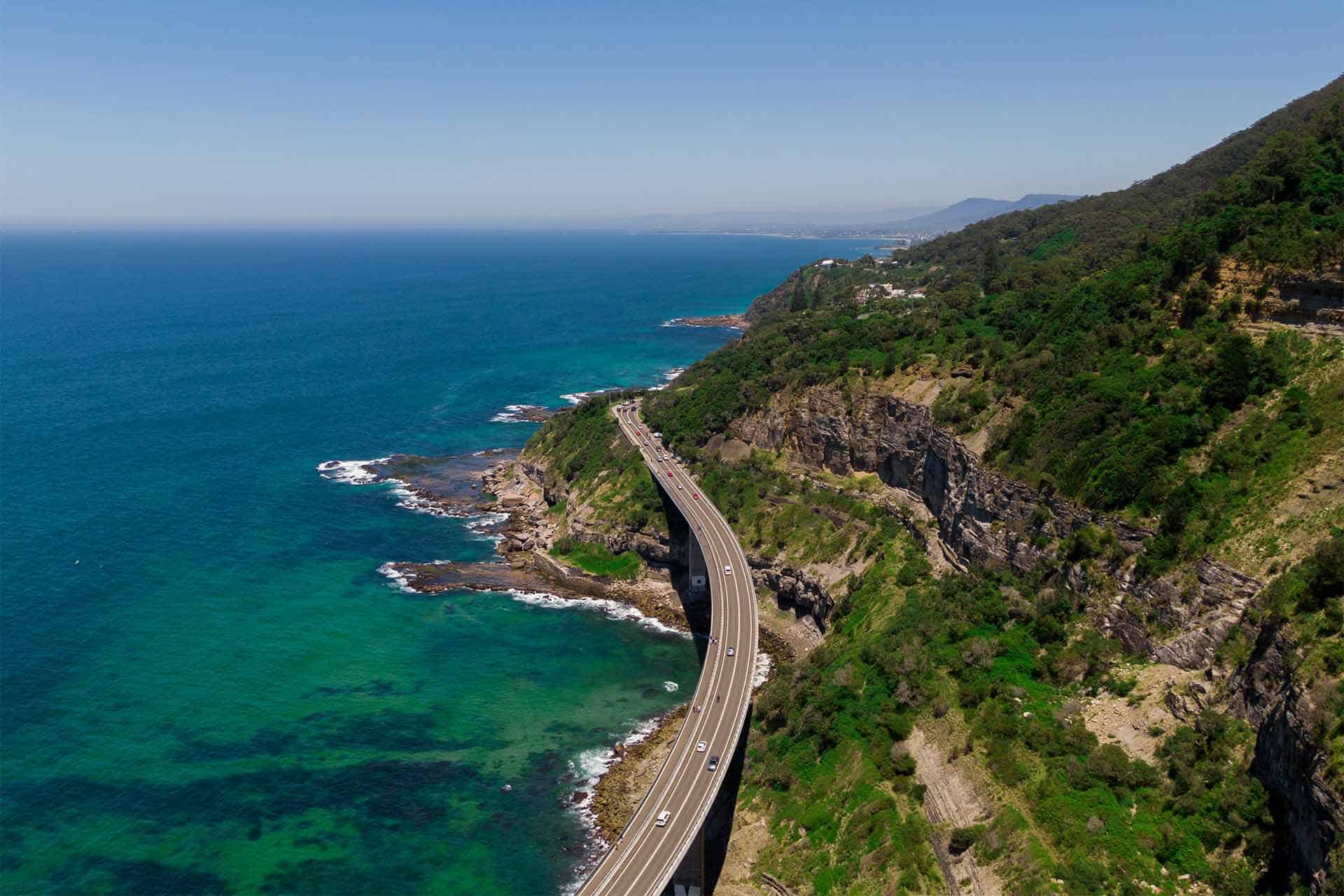

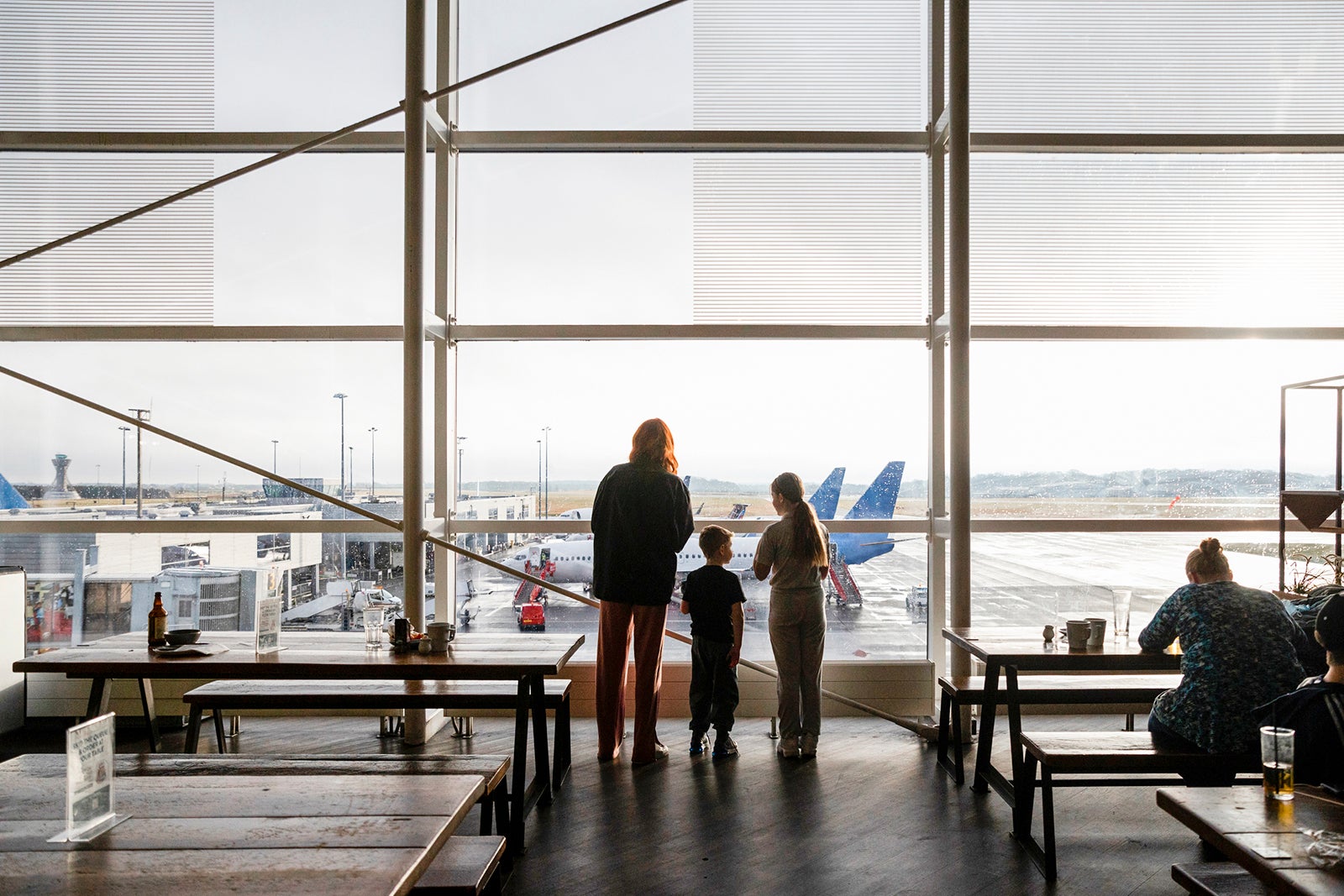
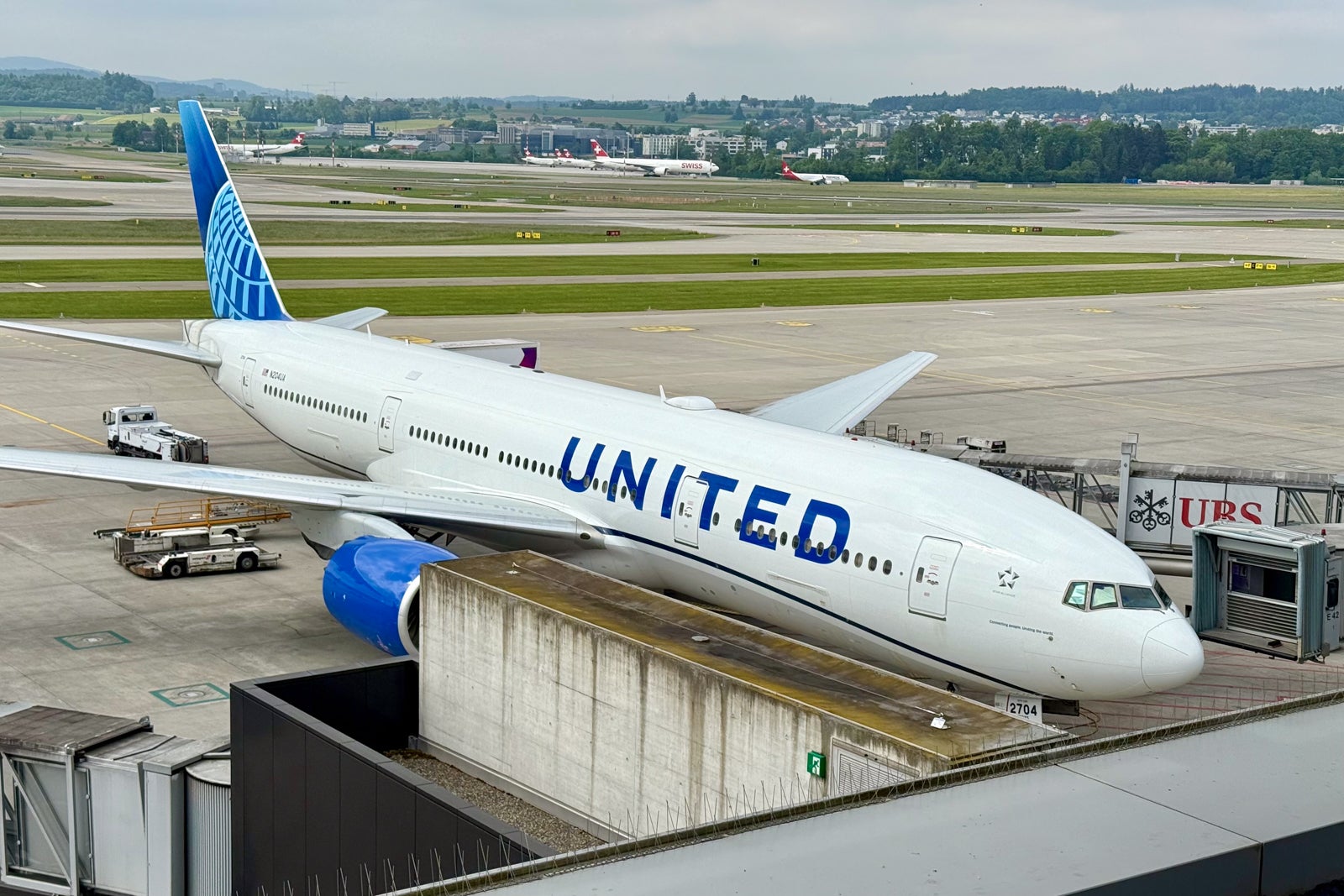
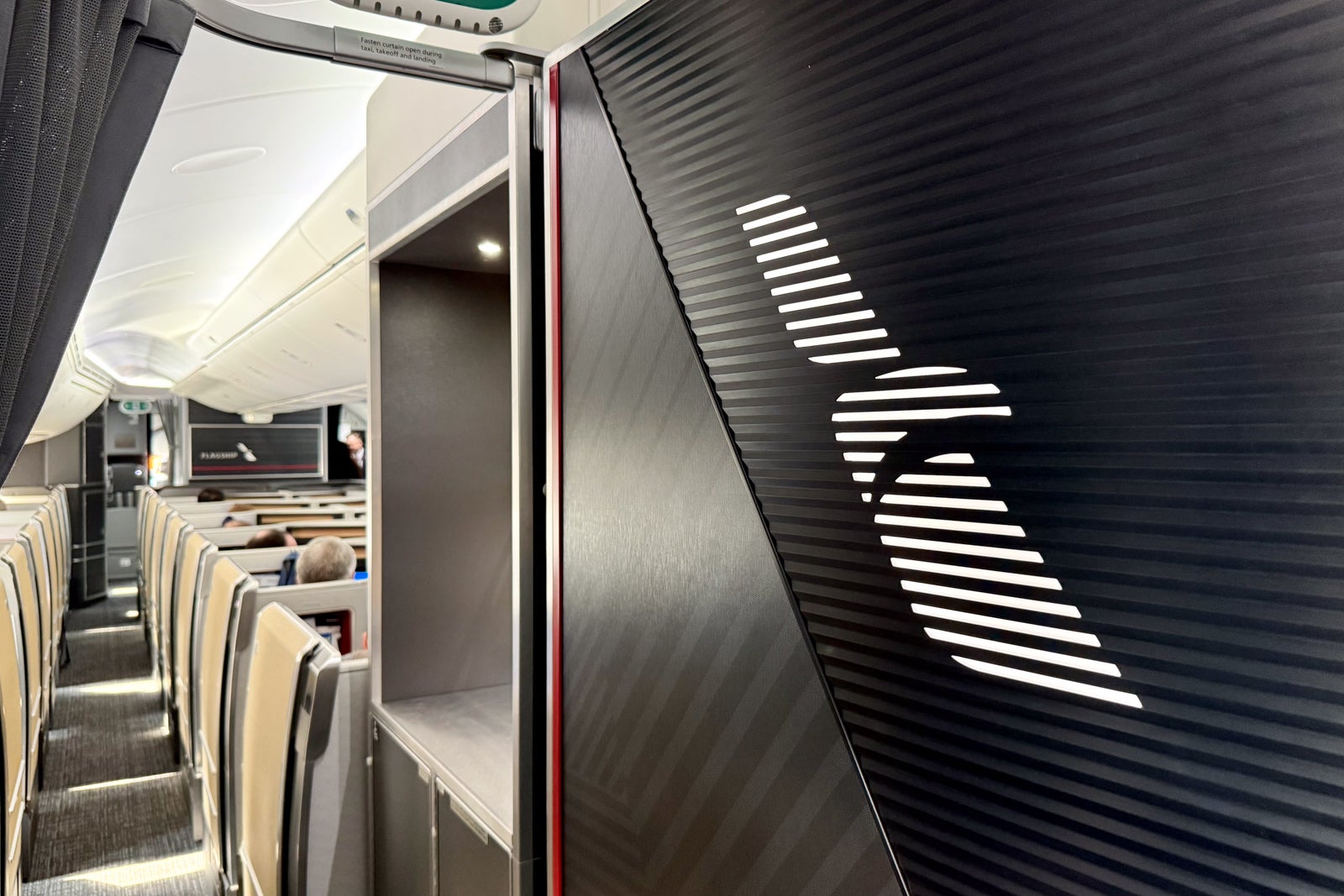


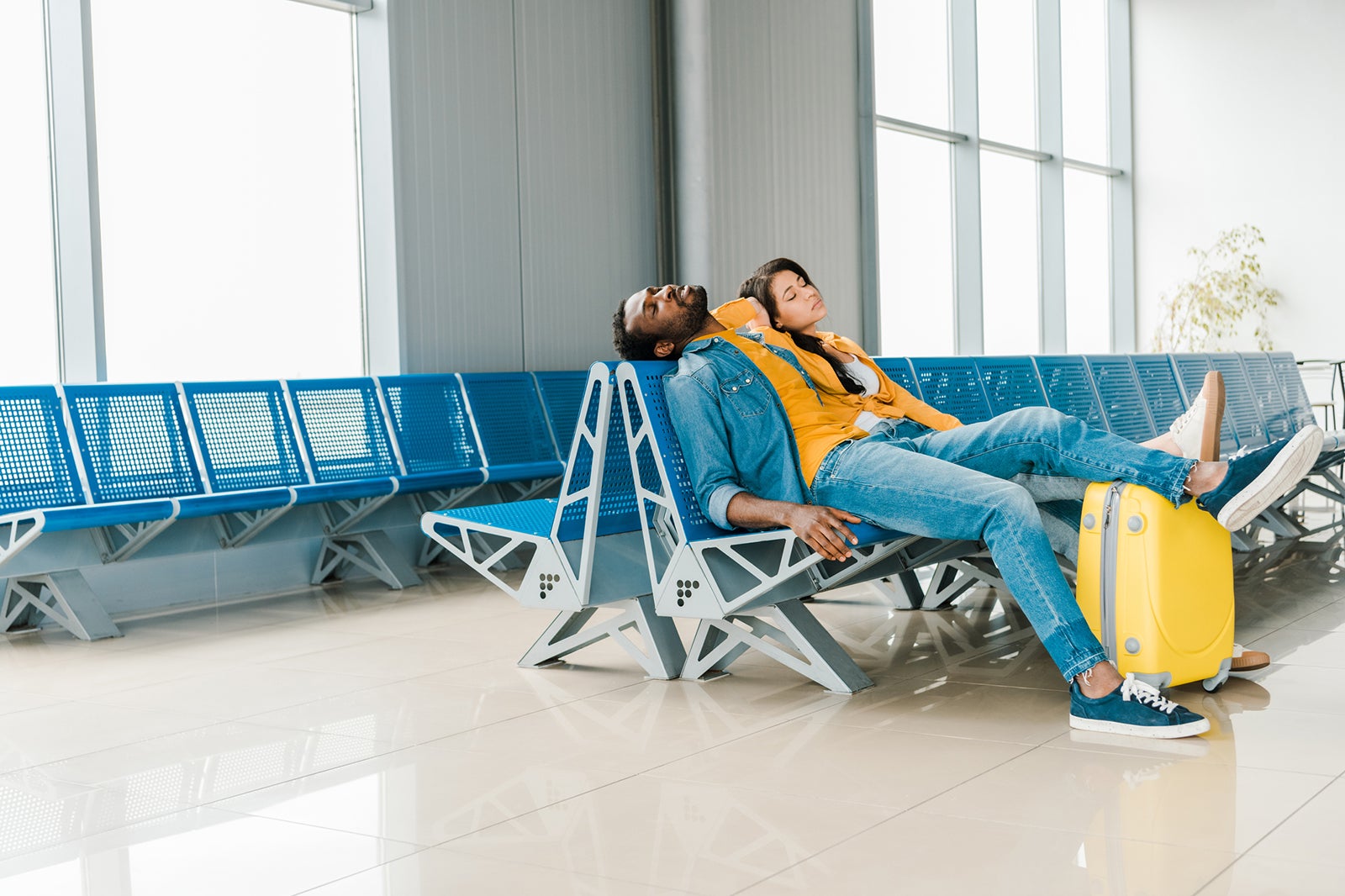

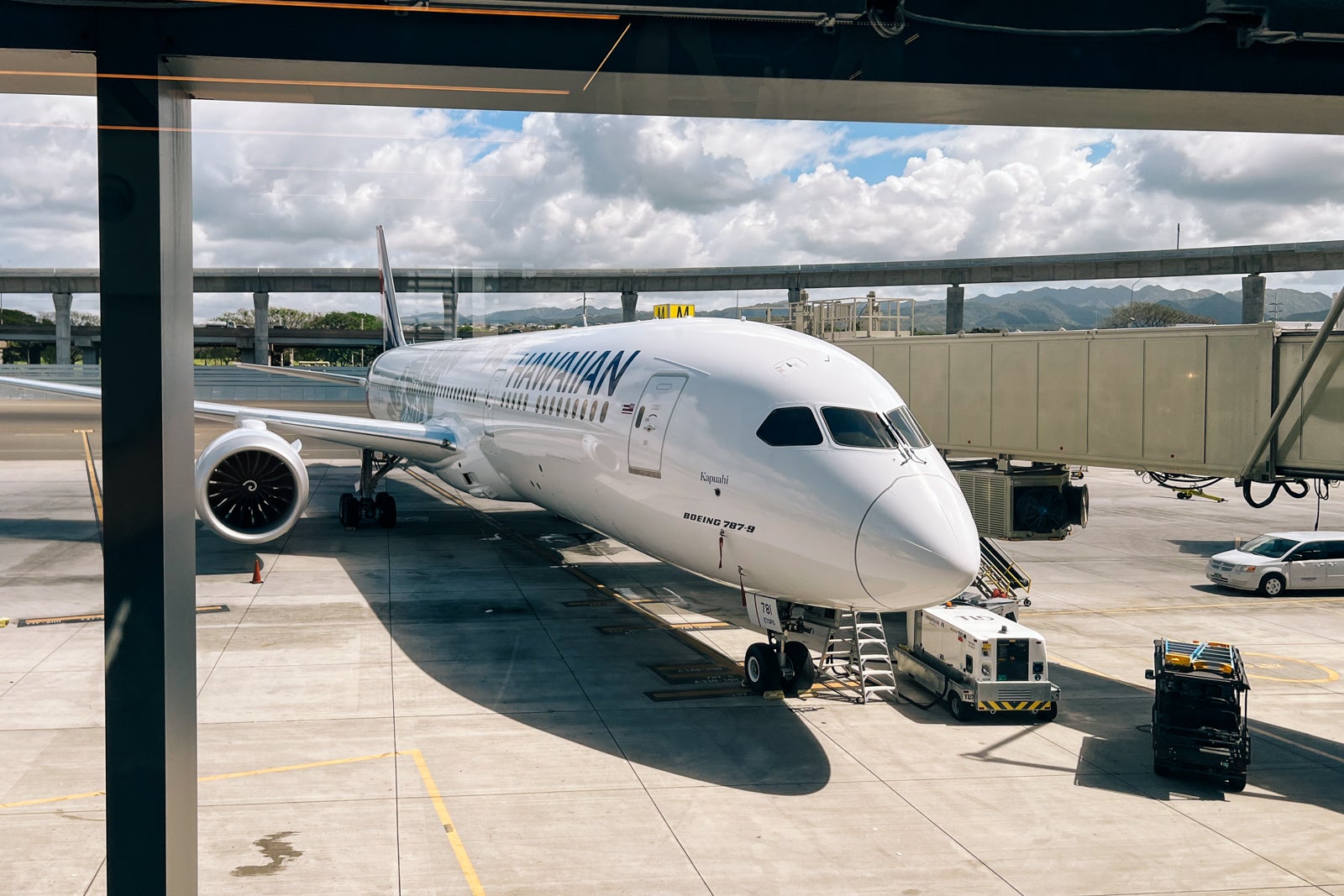





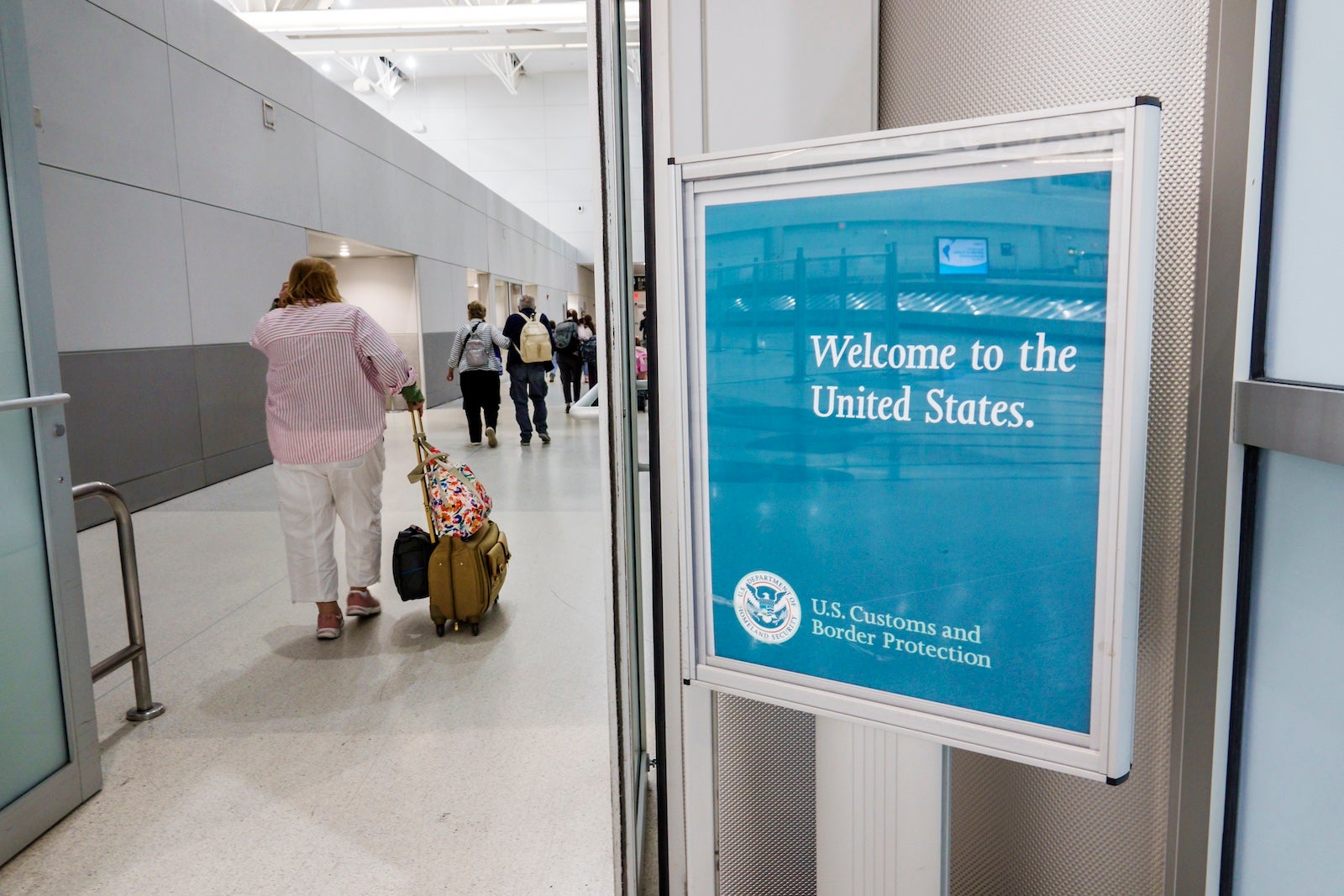

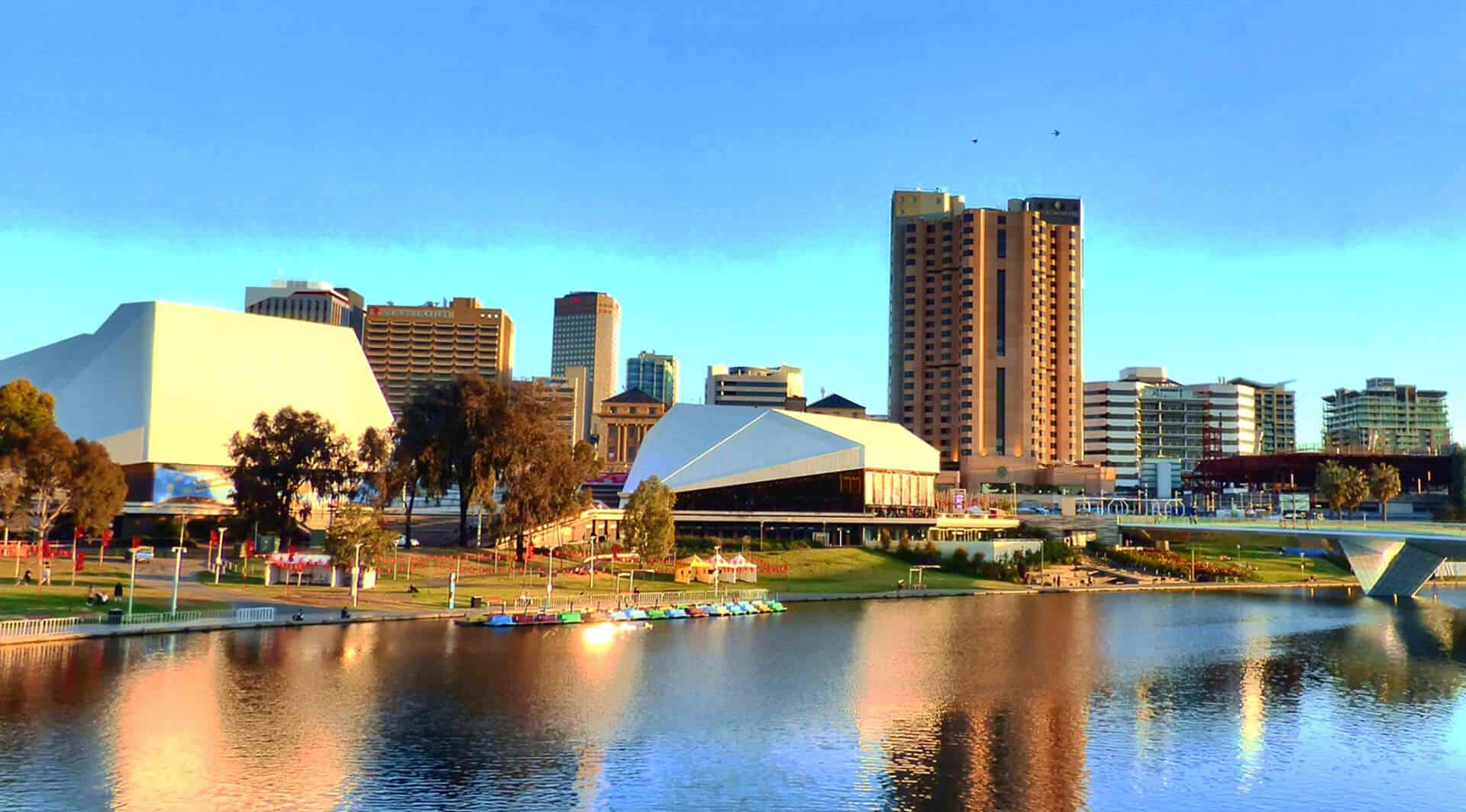
 English (US) ·
English (US) ·